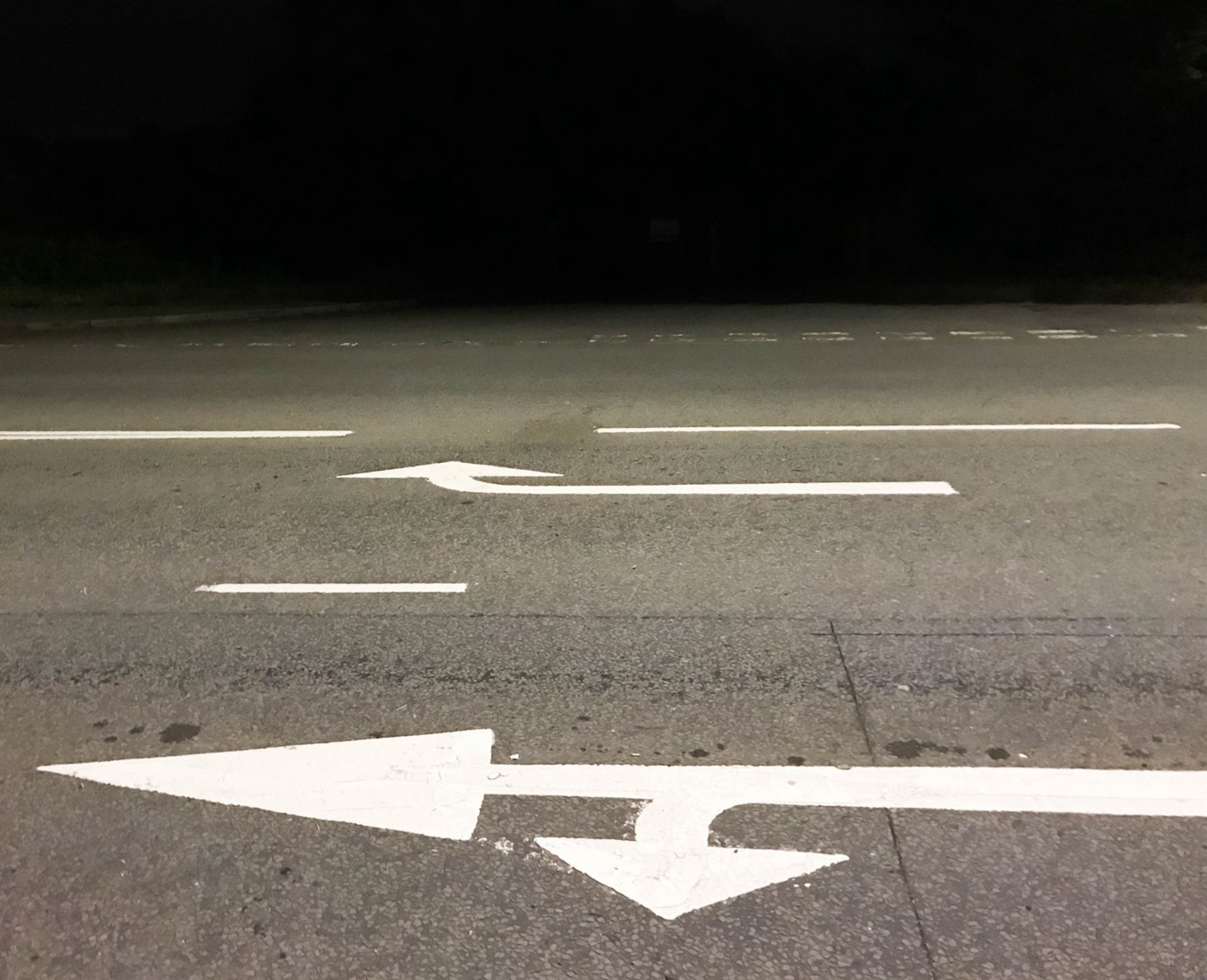

Poorly maintained road markings are a concern now, but what happens in a world of autonomous vehicles with sensors and cameras relying on clear lines? We look at what the future holds for traffic paint.
Join other savvy professionals just like you at CIHT. We are committed to fulfilling your professional development needs throughout your career
By Craig Thomas
An article in our last TP Connect newsletter highlighted some of the problems with road markings maintenance, with all the associated implications for road safety.
And while a sudden increase in funding for maintenance is unlikely in the short to medium term, there may be hope on the horizon, in the form of more advanced, sustainable traffic paint.
Traffic paints must have a number of important properties. Lines and other markings need to be visible to drivers, so properties such as adhesion, resistance to wear and abrasion are required to ensure the marking remains on the road surface.
Colour and contrast with the road surface also has an impact on visibility, especially during the daytime – which is why white and yellow are the most frequently used colours.
Retroreflectivity is the most important property that road paint must have at night, so markings can reflect light from the headlights back to the driver. Glass beads are incorporated into the material before application and as the film and beads on top are worn away, new glass beads become exposed at the surface.
Over time, however, tyre abrasion and weathering does mean the paint loses its adhesion to the glass beads, decreasing retroreflectivity.
More retroreflective paint products that perform in harsher weather conditions is currently where industry research and development is heading. And as the road marking paint market will be worth $5bn by the end of this year, multinational giants of the coatings industry wanting a share of that market are investing in the necessary R&D.
There is an additional challenge, however: Connected and autonomous vehicles (CAVs). As the automotive industry makes steady progress towards producing self-driving cars, the machine vision they use relies on sharp-edged and prominent markings for consistent recognition. Clearly visible lane markings are crucial for positioning automated driving systems and working as guard rails for advanced driver assistance systems (ADAS).
A high proportion of traffic fatalities involve lane departure events, so lane-keeping technologies – now commonly a part of onboard ADAS packages in new cars – have the potential to save millions of lives over time. However, lane-keeping tech depends on machine vision systems constantly identifying the lines on the road, a dependence that means road markings are arguably the most important piece of infrastructure to enable safe vehicle automation.
Plus, of course, there’s the ‘smart’ alternative that coatings companies and automotive manufacturers are currently collaborating on – new, evolving technologies such as intelligent street marking systems that can communicate with the vehicle and other sensors.
As an industry that employs chemicals, resins and plastics for products that are widely used on heavily populated sections of the planet, the road coatings producers are conscious of their environmental responsibilities. As a result, they are focusing more on lowering carbon footprints, increasing the durability of their products and reducing harmful chemicals in formulations, while increasing recycled ingredients.
With governments all over the world committing to Vision Zero policies, the quality, sustainability and durability of road markings is going to become increasingly important – especially as autonomous vehicles begin to share the road with human drivers.
Join CIHT Connect, an online community for members to discuss this technology and much, much more.

Image: Lane markings on a main road lit by LED streetlights, Shutterstock
Join other savvy professionals just like you at CIHT. We are committed to fulfilling your professional development needs throughout your career
{{item.AuthorName}} {{item.AuthorName}} says on {{item.DateFormattedString}}: